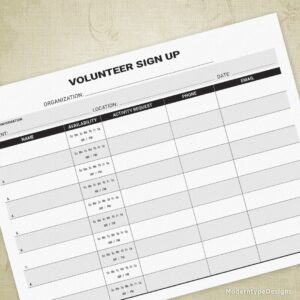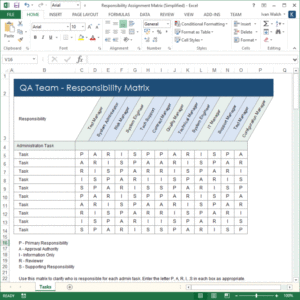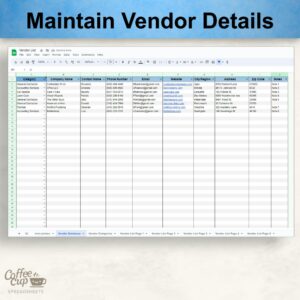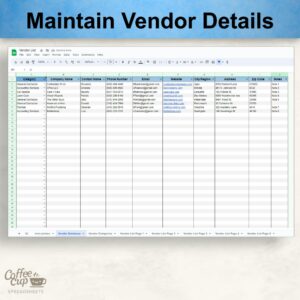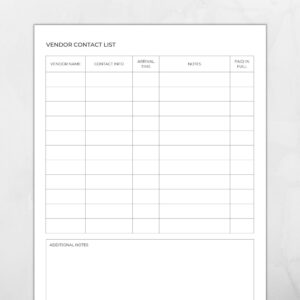Employing this organizational aid leads to improved task management, minimized oversight, and enhanced coordination among individuals participating in the endeavor. It fosters a sense of ownership and commitment, ultimately contributing to the overall success of the initiative. Furthermore, it provides a tangible record of contributions, which may be useful for reporting or recognition purposes.
List Templates
Volunteer Sign Up List Template
Utilization of such a document provides several advantages. It improves coordination by centralizing volunteer information, reducing administrative burdens associated with manual tracking. Furthermore, it allows for targeted outreach based on skills and availability, maximizing the effectiveness of volunteer efforts. Standardized forms promote clarity and prevent misunderstandings, ultimately contributing to a more positive and productive volunteer experience.
Void Displaystudentlist Struct Student List Template
Adopting such an approach offers several advantages. It promotes code reusability, as the display function can be invoked whenever student data needs to be presented. Data encapsulation improves organization and maintainability. The use of a template could enhance flexibility, allowing for the display function to be adapted to different student data formats without significant code modifications. This strategy promotes a modular and structured approach to data handling and presentation.
Vip List Template Sign In
Employing a structured registration method reduces wait times, enhances user experience, and maintains accurate records of VIP attendance. The template promotes a professional image and allows for focused attention on guest needs and expectations. Furthermore, it provides a mechanism for gathering relevant data, which can inform future event planning and resource allocation.
Vinyl Decal General Price List Template
Adopting a pre-designed format offers multiple advantages. It promotes transparency, reduces ambiguity in cost estimations, and streamlines the communication process. Using such an item allows businesses to maintain consistent pricing practices. Furthermore, clients gain immediate insight into the factors influencing total expenditures, enabling budget planning and comparison of options.
Video Game List Template Game Rating Console
The advantages of employing this structured approach are manifold. It enables users to easily compare titles based on personal preferences or aggregated evaluations. Further, it serves as a valuable tool for making informed purchasing decisions, ensuring compatibility with existing hardware, and maintaining a clear record of owned or desired games. The detailed format also simplifies the process of sharing gaming recommendations and insights with others.
Verification And Validation Project List Template
Employing such an organized format facilitates efficient resource allocation, clear task delegation, and comprehensive progress monitoring. This systematic approach minimizes risks, reduces potential rework, and enhances overall project quality by providing a transparent and auditable record of the activities undertaken. The use of such a tool encourages adherence to standards and best practices.
Vendor Services List Template Property Management
Utilizing this organizational tool offers several advantages. It facilitates informed decision-making when selecting and contracting with external providers. Standardized information enables easy comparison of services and costs, promoting cost-effectiveness. Furthermore, it improves responsiveness during maintenance requests or emergency situations by providing readily available contact information. It also contributes to compliance efforts by centralizing vendor insurance and licensing details.
Vendor List Template With Categories
Employing a standardized framework offers several advantages. It centralizes vital information, promotes consistent data entry, and supports informed decision-making. Improved visibility into the supplier base strengthens negotiation power, reduces the risk of supply chain disruptions, and fosters better relationships with essential partners.
Vendor Contact List Template Wedding
The utilization of such a document provides several advantages. It facilitates prompt and direct communication with each provider. It minimizes the risk of misplacing essential contact details. It enables quick access to contractual agreements and payment schedules, contributing to organized event planning and execution. Moreover, it allows for efficient delegation of tasks among individuals involved in the wedding preparations.
